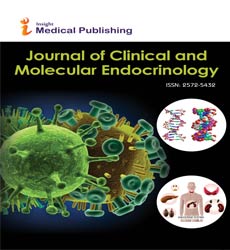Abstract
Photoperiod Affects Organ Specific Glucose Metabolism in Male Siberian Hamsters (Phodopus sungorus)
Objective:
Photoperiodic mammals such as Siberian hamsters (Phodopus sungorus) provide useful animal models to test metabolic plasticity. In short day (photoperiod) conditions, hamsters steadily reduce their body mass primarily through decreased white adipose tissue. Over time, hamsters reduce locomotor activity and energy expenditure in response to short days. We hypothesized that short photoperiods alter whole body and organ/tissue specific glucose metabolism. We predicted that hamsters exposed to short days would decrease whole body energy expenditure, specifically in tissues that significantly contribute to energy balance including the liver and brain.
Methods:
We collected biodistribution data after administration of the glucose analogue fluorodeoxyglucose (18F-FDG), as well as 24 h indirect calorimetry data from adult male Siberian hamsters following 10 weeks of exposure to either long (16:8) or short (8:16) photoperiods.
Results:
Short days reduced body and reproductive tissue masses, and increased splenic mass. Photoperiod influenced body mass adjusted volume of O2 consumed, heat production, and respiratory exchange ratio, with short day animals marginally reducing their energy expenditure (heat). Additionally, short-day hamsters altered the metabolic demand and efficiency of several organs, including the spleen, heart, lungs, and lower gastrointestinal system.
Conclusions:
These data suggest that short days elicit a reorganization of energy allocation from reproductive functions to somatic organ maintenance in response to short days as a winter adaptation.
Author(s):
Jeremy C. Borniger, Haiming Ding, Michelle Williams, Michael F. Tweedle, Michael V. Knopp, Santosh K. Maurya, Muthu Periasamy, Zachary M. Weil and Randy J. Nelson
Abstract | Full-Text | PDF
Share this

Google scholar citation report
Citations : 120
Journal of Clinical and Molecular Endocrinology received 120 citations as per google scholar report
Abstracted/Indexed in
- Google Scholar
- China National Knowledge Infrastructure (CNKI)
- Publons
- Secret Search Engine Labs
Open Access Journals
- Aquaculture & Veterinary Science
- Chemistry & Chemical Sciences
- Clinical Sciences
- Engineering
- General Science
- Genetics & Molecular Biology
- Health Care & Nursing
- Immunology & Microbiology
- Materials Science
- Mathematics & Physics
- Medical Sciences
- Neurology & Psychiatry
- Oncology & Cancer Science
- Pharmaceutical Sciences

